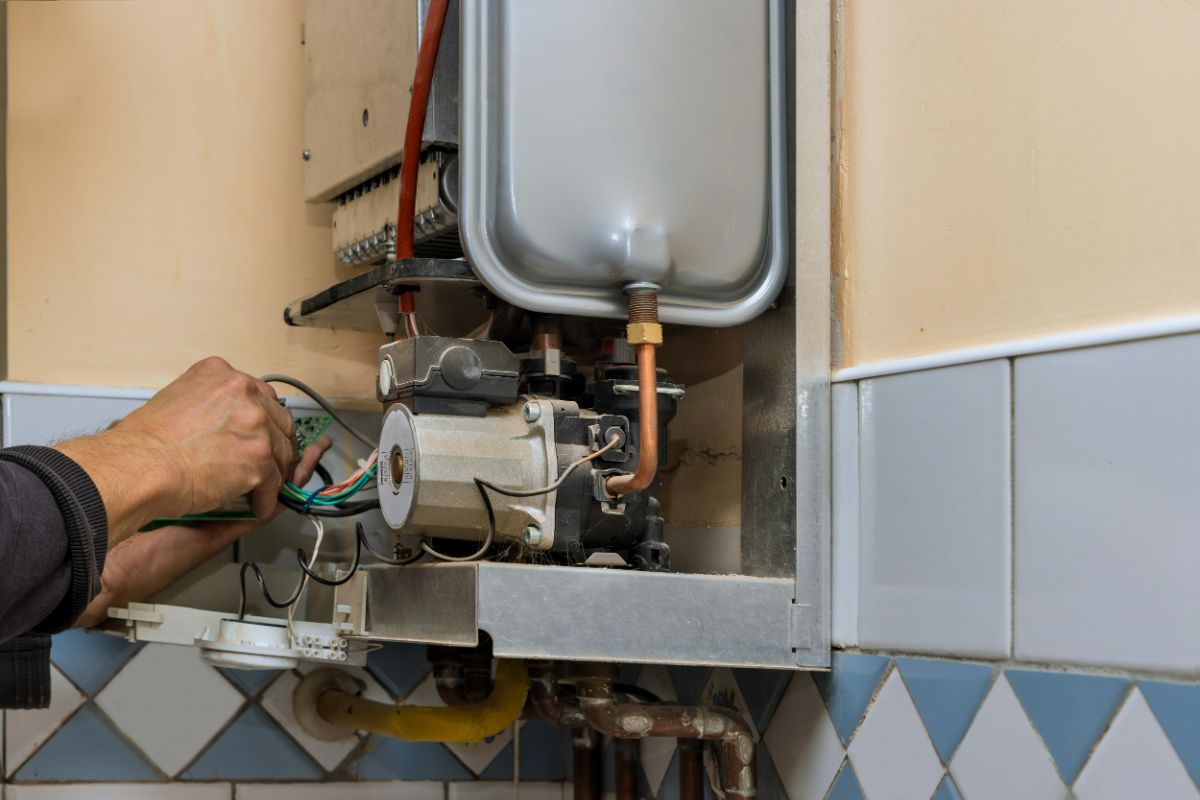Best Ways to Maintain Your Home's Hot Water System EffectivelyEasy Methods to Maintain Your Home's Hot Water System EffectivelySteps on How to Maintain Your Home's Hot Water System Properly
Information HereIn this article below you will discover a bunch of amazing data with regards to How to Maintain Your Water Heater & Prolong its Life.

Warm water is necessary for daily convenience, whether it's for a rejuvenating shower or washing recipes. To ensure your hot water system runs successfully and lasts longer, normal maintenance is vital. This short article provides functional pointers and understandings on just how to keep your home's warm water system to avoid disturbances and expensive repairs.
Intro
Keeping your home's hot water system could seem challenging, yet with a few simple actions, you can guarantee it operates smoothly for several years to come. This overview covers everything from comprehending your warm water system to do it yourself maintenance ideas and recognizing when to call in expert aid.
Importance of Preserving Your Warm Water System
Normal maintenance not only extends the life expectancy of your warm water system yet also ensures it operates successfully. Disregarding maintenance can result in reduced performance, greater energy bills, and even premature failure of the system.
Indications Your Warm Water System Demands Upkeep
Recognizing when your hot water system needs focus can prevent major issues. Look out for indications such as inconsistent water temperature level, odd sounds from the heating system, or corroded water.
Recognizing Your Warm Water System
Before diving into upkeep jobs, it's handy to understand the basic elements of your warm water system. Normally, this includes the water heater itself, pipes, anode rods, and temperature controls.
Regular Monthly Upkeep Tasks
Regular monthly checks can help catch small issues prior to they escalate.
Flushing the Hot Water Heater
Flushing your hot water heater removes debris buildup, improving effectiveness and lengthening its life.
Checking and Replacing Anode Rods
Anode poles protect against deterioration inside the tank. Checking and replacing them when worn out is vital.
Checking and Readjusting Temperature Settings
Readjusting the temperature level settings makes certain optimal efficiency and safety.
DIY Tips for Maintenance
You can execute several upkeep tasks on your own to keep your hot water system in leading problem.
Looking for Leakages
On a regular basis check pipes and connections for leakages, as these can result in water damages and greater costs.
Checking Stress Alleviation Valves
Testing the stress safety valve ensures it operates appropriately and stops excessive stress accumulation.
Insulating Pipelines
Protecting warm water pipes reduces warmth loss and can save power.
When to Call an Expert
While DIY upkeep is useful, some issues call for expert knowledge.
Facility Issues Requiring Specialist Assistance
Examples consist of major leaks, electric problems, or if your hot water heater is regularly underperforming.
Regular Professional Upkeep Benefits
Expert maintenance can consist of extensive inspections, tune-ups, and making sure conformity with security criteria.
Conclusion
Regular maintenance of your home's warm water system is vital for performance, longevity, and expense financial savings. By following these tips and understanding when to look for specialist help, you can make sure a trustworthy supply of hot water without unforeseen interruptions.
How to Maintain an Instant Hot Water Heater
Before tinkering with your hot water heater, make sure that it’s not powered on. You also have to turn off the main circuit breaker and shut off the main gas line to prevent accidents. Also turn off the water valves connected to your unit to prevent water from flowing into and out of the appliance. 2. When you’re done, you have to detach the purge valves’ caps. These look like the letter “T” and are situated on either side of the water valves. Doing so will release any pressure that has accumulated inside the valves while at the same time avoid hot water from shooting out and burning your skin. 3. When the purge valves’ caps are removed, you have to connect your hosing lines to the valves. Your unit should have come with three hoses but if it didn’t, you can purchase these things from any hardware or home repair shops. You can also get them from retail stores that sell water heating systems. Read the user’s manual and follow it to complete this task properly. When the hosing lines are connected, open the purge port’s valves. 4. You should never use harsh chemical cleaners or solutions when cleaning your unit. Make use of white vinegar instead. It should be undiluted and you’ll probably use about 2 gallons. 5. Now flush your water heater. This task should probably take about 40 minutes. We can’t give you specific directions for this because the procedure is carried out depending on the type, model and brand of your heater. With that being said, refer to the user’s manual. 6. When you’re done draining the unit, you have to turn off the purge port valves again. Remove the hosing lines that you earlier installed on each of the water valves. Put the valve caps (purge port) back in their respective places and be very careful so as not to damage the rubber discs that are found inside these caps. 7. Now that everything’s back in place, check your user’s manual again to find out how to reactivate your water heating system. 8. Once it is working, turn one of your hot water faucets on just to let air pass through the heater’s water supply pipes. Leave the tap on until water flows smoothly out of it. https://www.orrplumbing.com/blog/2014/september/how-to-maintain-an-instant-hot-water-heater/

I recently found that post on How to Maintain a Hot Water Heater in a Few Simple Steps when doing a lookup on the web. Are you aware of someone else who is enthusiastic about the niche? Please feel free to share it. I praise you for your time. Don't forget to come by our blog back soon.
Estimate